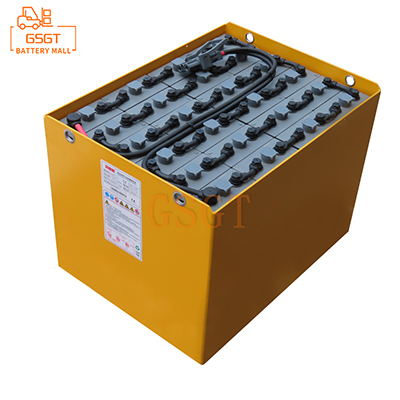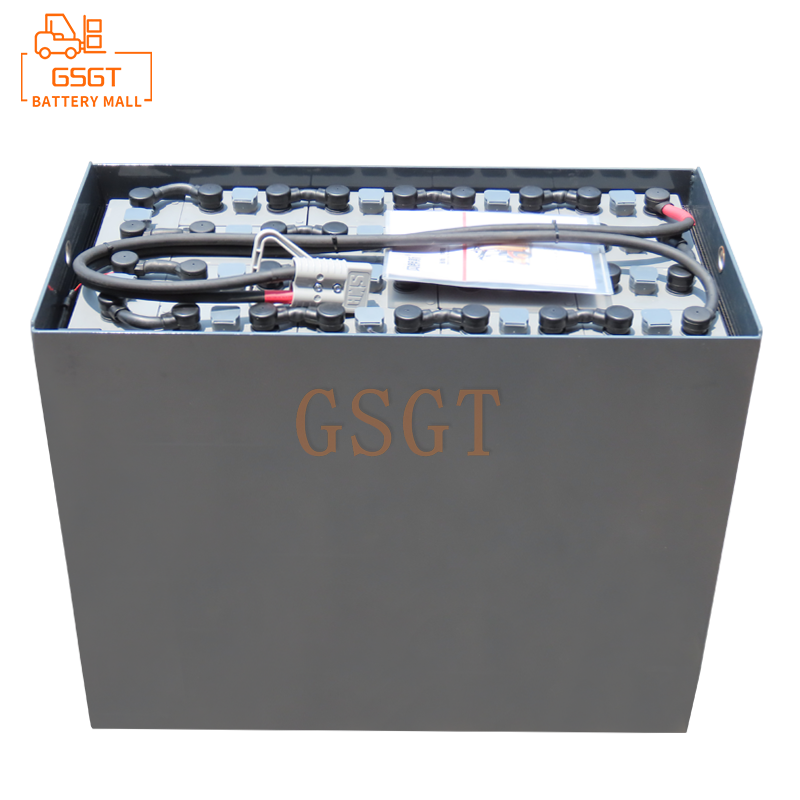Time:2025-03-11 09:52:54
Browse:360
In today's diversified energy application scenarios, lead-acid batteries, as a traditional and widely used energy storage equipment, are still active in many key areas. From the instantaneous start of the car to the emergency power supply of industrial equipment, the high power discharge performance has become the core point to measure whether the lead-acid battery can accurately match the demand, efficient and stable operation. This performance indicator is not only related to the actual application performance of the battery, but also determines its applicability and development potential in different industries.
High power discharge, in simple terms, refers to the process of releasing a large amount of electrical energy in a short period of time. In this process, the electrochemical reaction inside the battery needs to be carried out at high speed to meet the needs of instantaneous large current output. When the car engine starts, the lead-acid battery needs to output up to hundreds of amperes of current within a few seconds to drive the starter to drive the engine. At this moment, the active substance on the internal plate of the battery quickly participates in the reaction, and the positive lead dioxide and the negative spongy lead are rapidly converted into lead sulfate under the action of the sulfuric acid electrolyte, and the electrons are released to form an electric current.
One of the key indicators of high power discharge performance is cold start current (CCA). CCA represents the lowest current value, expressed in amperes (A), that a battery can output for 30 seconds at a specified low temperature environment, such as -18 ° C. For automotive lead-acid batteries, the higher the CCA value, the smoother the engine starts in cold weather. A lead-acid battery with a CCA value of 600A can provide a stronger current when starting at a low temperature, which greatly improves the success rate of starting, reduces the risk of difficulty or even inability to start the engine, and ensures the normal use of the vehicle in cold conditions.
In addition to CCA, another important indicator is the rate discharge capacity. It reflects the actual discharge capacity of the battery at different discharge rates. For example, 1C discharge ratio means that the battery will discharge its rated capacity in 1 hour, and 2C means that it will discharge in half an hour. Under normal circumstances, with the increase of discharge ratio, the actual discharge capacity of the lead-acid battery will decrease. A lead-acid battery with a fixed capacity of 100Ah May actually release about 95Ah of electricity at 1C discharge rate; However, at the 5C discharge rate, the discharge capacity may only reach 70Ah. This is because when the high rate discharge, the internal ion migration speed of the battery can not keep up with the current demand, resulting in some active substances can not fully participate in the reaction, thus reducing the discharge capacity.
There are many factors affecting the high power discharge performance of lead-acid batteries. Plate material is one of the key factors. The performance of traditional lead alloy plate may be affected by the lack of conductivity and limited corrosion resistance during high power discharge. The use of new multi-component lead alloys, such as the addition of appropriate amounts of tin, calcium, silver and other elements, can significantly improve the electrode conductivity, reduce internal resistance, make current transmission more efficient, and enhance high power discharge capacity. The structural design of the plate is also crucial. Thin plate design can shorten the ion diffusion path, increase the contact area between the active substance and the electrolyte, accelerate the electrochemical reaction rate, and facilitate high power discharge. Studies have shown that by thinning the plate thickness from the traditional 2.5mm to 2mm, the capacity of the battery under high rate discharge can be increased by 10%-15%.
The formulation and concentration of the electrolyte should not be ignored. Suitable electrolyte additives, such as stannous sulfate, sodium lignosulfonate, etc., can improve the ionic conductivity of the electrolyte, reduce the polarization phenomenon, and improve the stability of the battery during high power discharge. At the same time, optimizing the concentration of the electrolyte, appropriately increasing the concentration of sulfuric acid on the premise of ensuring the normal electrochemical reaction, can enhance the conductivity of the electrolyte and provide more favorable conditions for high power discharge.
In practical applications, high power discharge performance directly determines the application scenario and user experience of lead-acid batteries. In industrial fields such as electric forklifts, forklifts need to be frequently started and accelerated when handling goods, which requires the lead-acid battery to have excellent high-power discharge performance to ensure that the forklift has strong power, rapid response and improve work efficiency. In an emergency power system, when the mains is suddenly interrupted, the lead-acid battery must discharge at high power immediately to supply power to key devices and ensure the normal operation of the devices. The high power discharge performance affects the reliability and security of the entire system.
The high power discharge performance of lead-acid battery is the core of its product performance. The key indicators such as cold start current and rate discharge capacity profoundly affect the application performance of the battery in different scenarios. By optimizing plate materials, structural design and electrolyte formulation, the continuous improvement of this performance indicator will further expand the application boundaries of lead-acid batteries, so that they continue to play an important role in the modern energy system and meet the stringent requirements of various high-power discharge demand scenarios.

$1105

$3810

$3405

$2140

MESSAGE
Professional And Efficient
Security
Affordable Price
Professional Services